Are you tired of lackluster fences that fail to stand the test of time? The right fence installation tools and materials can transform your project from ordinary to extraordinary! In "Unlock the Best Fence Installation Tools and Materials for Success!", we delve into the must-have equipment and high-quality materials that ensure durability and aesthetic appeal. Whether you're a DIY enthusiast or a seasoned pro, mastering these essentials will not only save you time and money but also elevate your fencing game to new heights. Let’s get started!
Introduction to Fence Installation Tools and Materials
Why Quality Tools Matter
When it comes to fence installation tools and materials, quality is paramount. Using high-quality tools not only enhances the efficiency of your work but also ensures that the final product is durable and aesthetically pleasing. Poor-quality tools can lead to mistakes, wasted materials, and ultimately, a fence that does not stand the test of time. Investing in quality tools means investing in the longevity of your fencing project.
Overview of Essential Materials
Choosing the right materials is just as important as selecting the right tools. The materials you use will affect the strength, durability, and appearance of your fence. Common materials include wood, vinyl, metal, and chain link, each offering unique benefits and aesthetic qualities. Understanding these materials will help you make informed decisions that align with your project goals.
What You'll Learn
- Understanding the importance of quality tools and materials
- Identifying must-have tools for fence installation
- Exploring various materials for durability and aesthetics
Essential Fence Installation Tools
Hand Tools for Precision
Hand tools are essential for achieving precision in your fence installation. Tools such as tape measures, post hole diggers, and claw hammers are fundamental for measuring, digging, and securing fence posts. A well-equipped toolbox will ensure that you can handle any task with accuracy and ease.
Power Tools for Efficiency
Power tools can significantly speed up the installation process. Tools like electric drills, saws, and nail guns allow for quick and efficient assembly of fence panels. These tools not only save time but also reduce physical strain, making the installation process smoother and more enjoyable.
Specialized Tools for Unique Needs
Depending on the type of fence you are installing, you may require specialized tools. For instance, a wire tightener is essential for chain link fences, while a post driver is crucial for setting wooden posts securely into the ground. Understanding the specific tools needed for your project will ensure a successful installation.
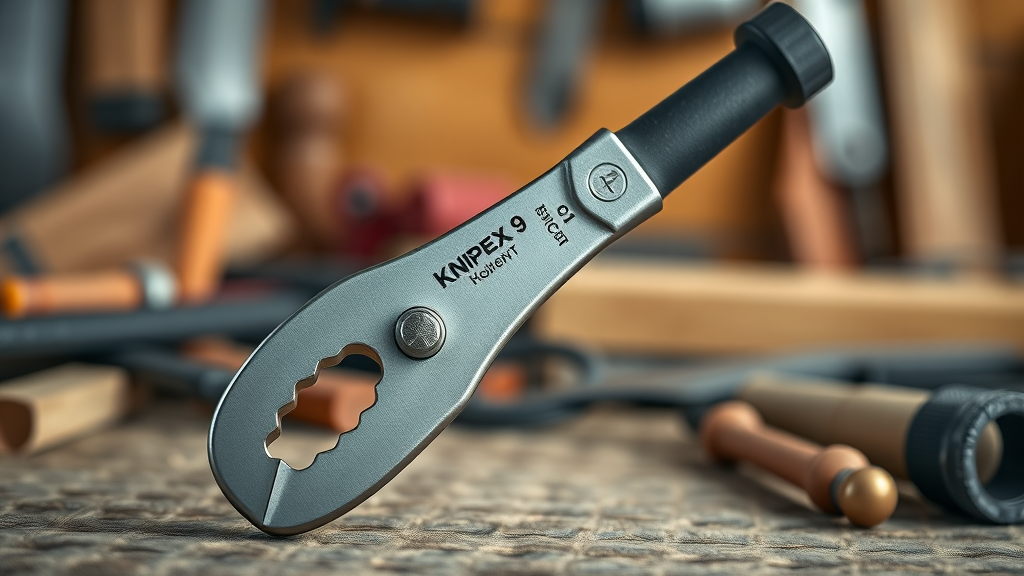
High-Quality Materials for Fencing
Types of Fencing Materials
There are several types of materials available for fencing, each with its own advantages. Wood is popular for its natural beauty, while vinyl offers low maintenance and durability. Metal fences provide security and longevity, and chain link is cost-effective and versatile. Understanding the pros and cons of each material will help you choose the best option for your needs.
Choosing the Right Material for Your Project
When selecting materials, consider factors such as climate, purpose, and aesthetic preferences. For example, if you live in a humid area, treated wood or vinyl may be better suited to withstand moisture. Additionally, think about the purpose of your fence—whether it’s for privacy, security, or decoration—as this will influence your material choice.
Cost vs. Quality Considerations
While it may be tempting to opt for cheaper materials, investing in high-quality fencing materials can save you money in the long run. Cheaper materials may require more frequent repairs or replacements, while quality materials can withstand the elements and provide lasting value. Always weigh the initial cost against the potential long-term benefits.
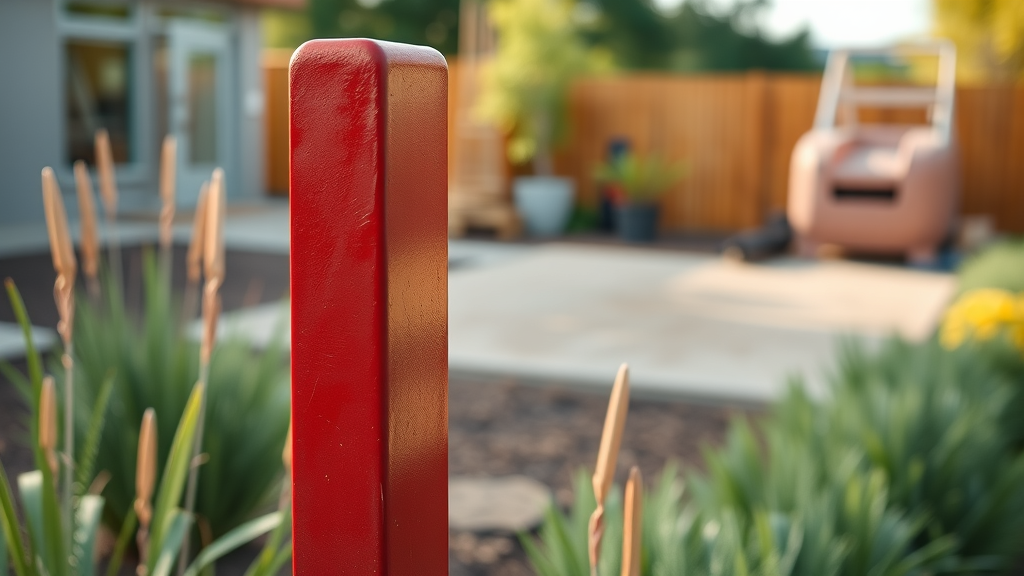
Tools for Specific Fence Types
Chain Link Fence Installation Tools
Installing a chain link fence requires specific tools such as a chain grab, wire cutter, and tensioning tool. These tools are designed to handle the unique aspects of chain link installation, ensuring that the fence is secure and properly tensioned.
Wood Fence Installation Tools
For wood fences, tools like a post hole digger, level, and nail gun are essential. These tools help ensure that the posts are set correctly and that the panels are aligned and secured properly.
Vinyl Fence Installation Tools
Vinyl fences require tools such as a saw for cutting panels and a level for ensuring proper alignment. Additionally, specialized connectors may be needed to secure the panels together effectively.
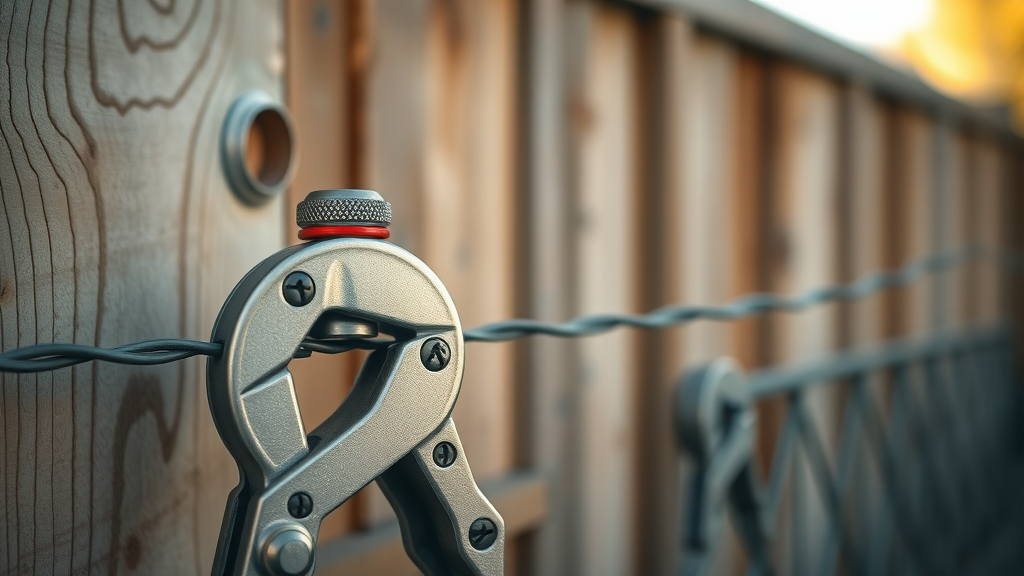
What Equipment is Needed to Install a Fence?
Basic Equipment Overview
Basic equipment for fence installation includes hand tools like hammers, screwdrivers, and pliers, as well as power tools such as drills and saws. Additionally, safety gear like gloves and goggles is essential to protect yourself during the installation process.
Advanced Equipment for Professionals
For professional-grade installations, advanced equipment such as post drivers, augers, and specialized fencing tools can enhance efficiency and precision. These tools are designed for heavy-duty use and can significantly speed up the installation process.
Common Challenges in Fence Installation
Identifying the Hardest Parts of Installing a Fence
Some of the most challenging aspects of fence installation include digging post holes, ensuring proper alignment, and dealing with uneven terrain. Identifying these challenges early on can help you prepare and strategize for a smoother installation process.
Tips for Overcoming Installation Challenges
To overcome common challenges, consider using a post hole auger for digging, employing string lines for alignment, and preparing the site by clearing debris and leveling the ground. Proper preparation and the right tools can make a significant difference in the installation process.
FAQs about Fence Installation Tools and Materials
What tools are used for fencing?
Common tools for fencing include post hole diggers, hammers, saws, and wire cutters. Each tool serves a specific purpose in the installation process.
What is needed to install a fence?
To install a fence, you will need a combination of tools, materials, and safety equipment. Essential items include fencing materials, hand tools, power tools, and safety gear.
What is the hardest part of installing a fence?
The hardest part of installing a fence often involves digging post holes and ensuring that the posts are properly aligned and secured.
Key Takeaways
- Investing in quality tools and materials is crucial for success.
- Understanding the specific needs of your fence type will guide your tool selection.
- Preparation and knowledge can significantly reduce installation challenges.
Conclusion
In conclusion, the right fence installation tools and materials are essential for achieving a successful fencing project. By investing in quality tools and understanding the materials available, you can ensure that your fence is not only functional but also enhances the aesthetic appeal of your property. Whether you are a DIY enthusiast or a professional contractor, mastering these essentials will lead to a more efficient and rewarding installation experience.
Call to Action
Ready to elevate your fencing project? Explore our recommended tools and materials today!
For more insights on fencing costs and considerations, check out our article on Why Big Box Stores Like Home Depot Will Charge You More For Fencing. If you're looking for specialized services, learn about Horse Fence Installation Services that cater specifically to your needs. Additionally, if you're considering hiring a professional, read our guide on what you need to know before hiring a fencing contractor.


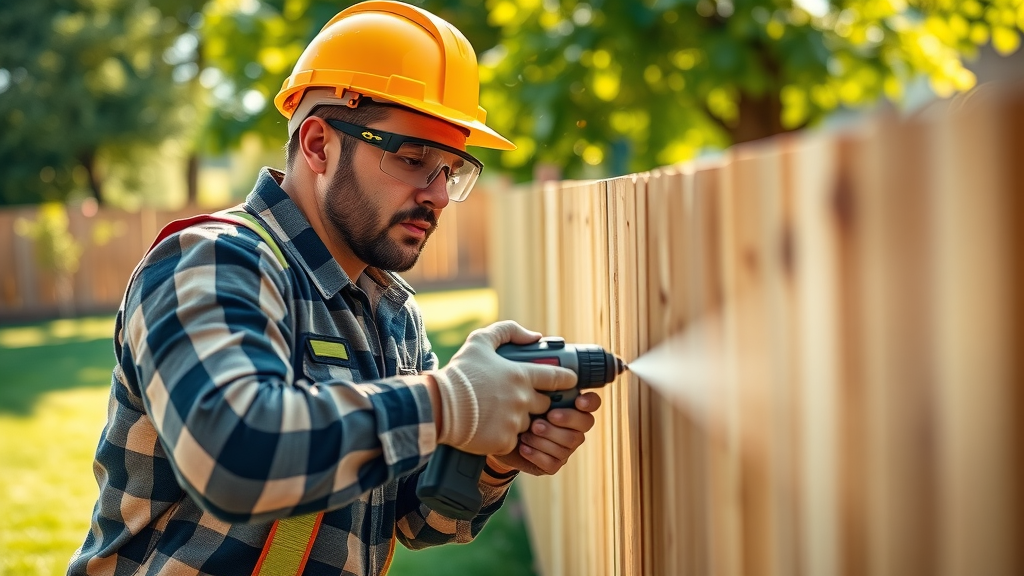

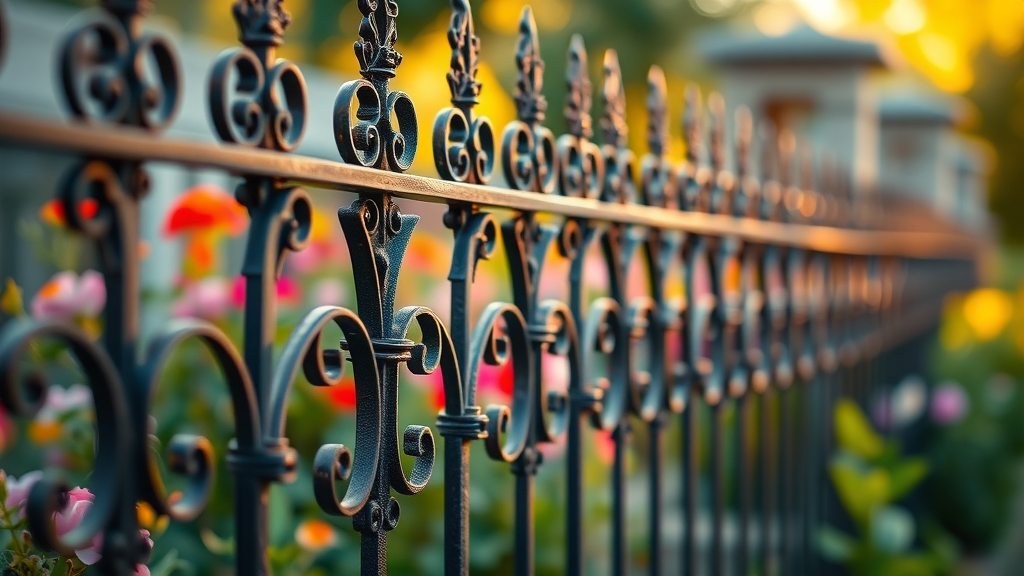
Write A Comment